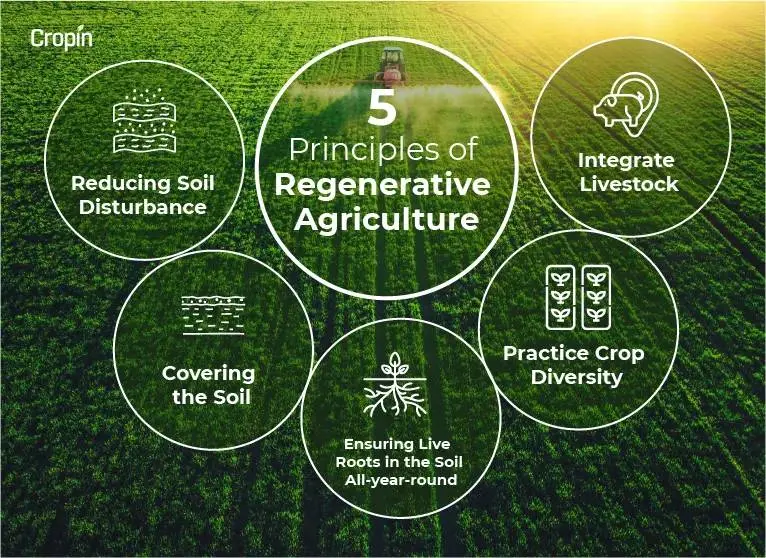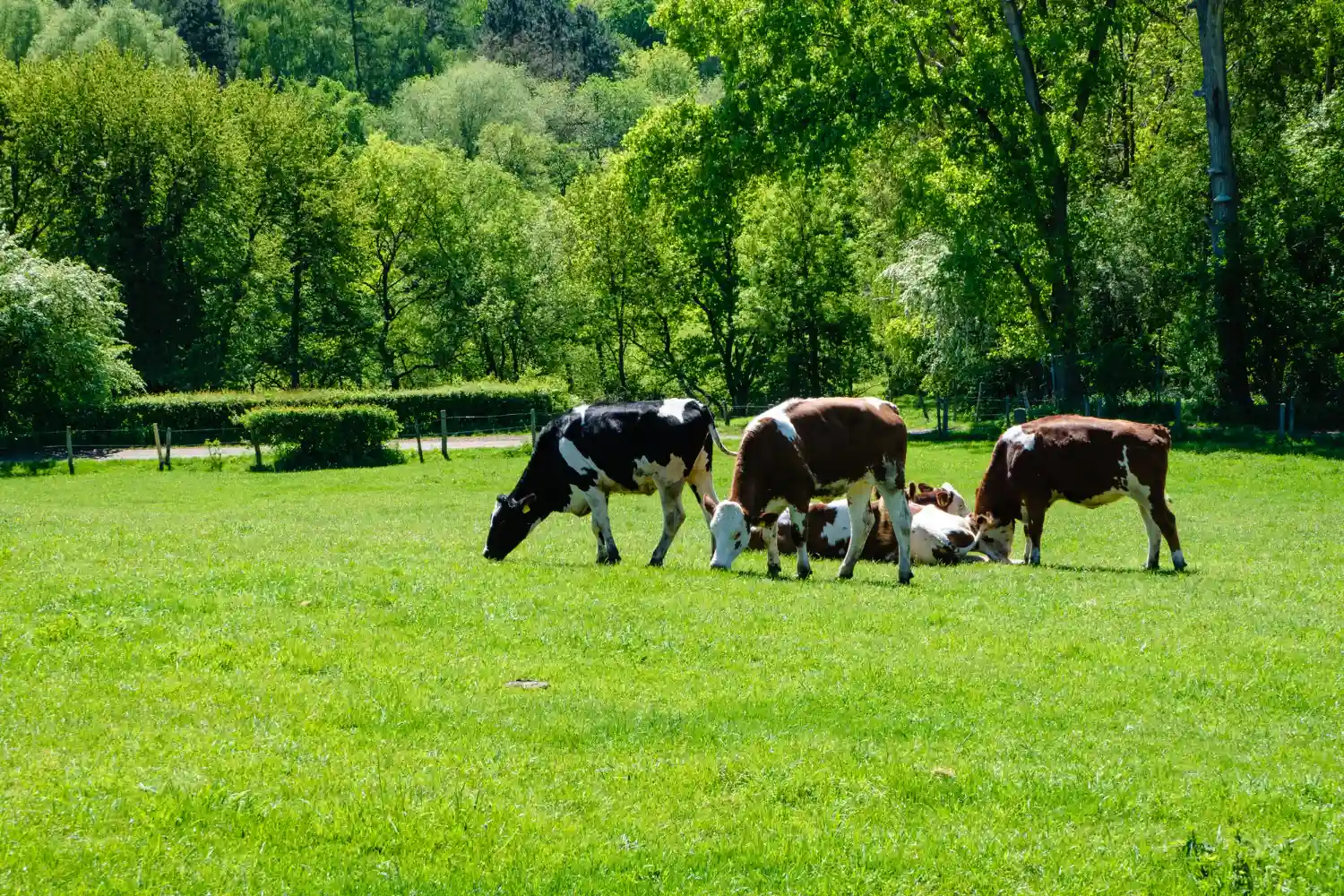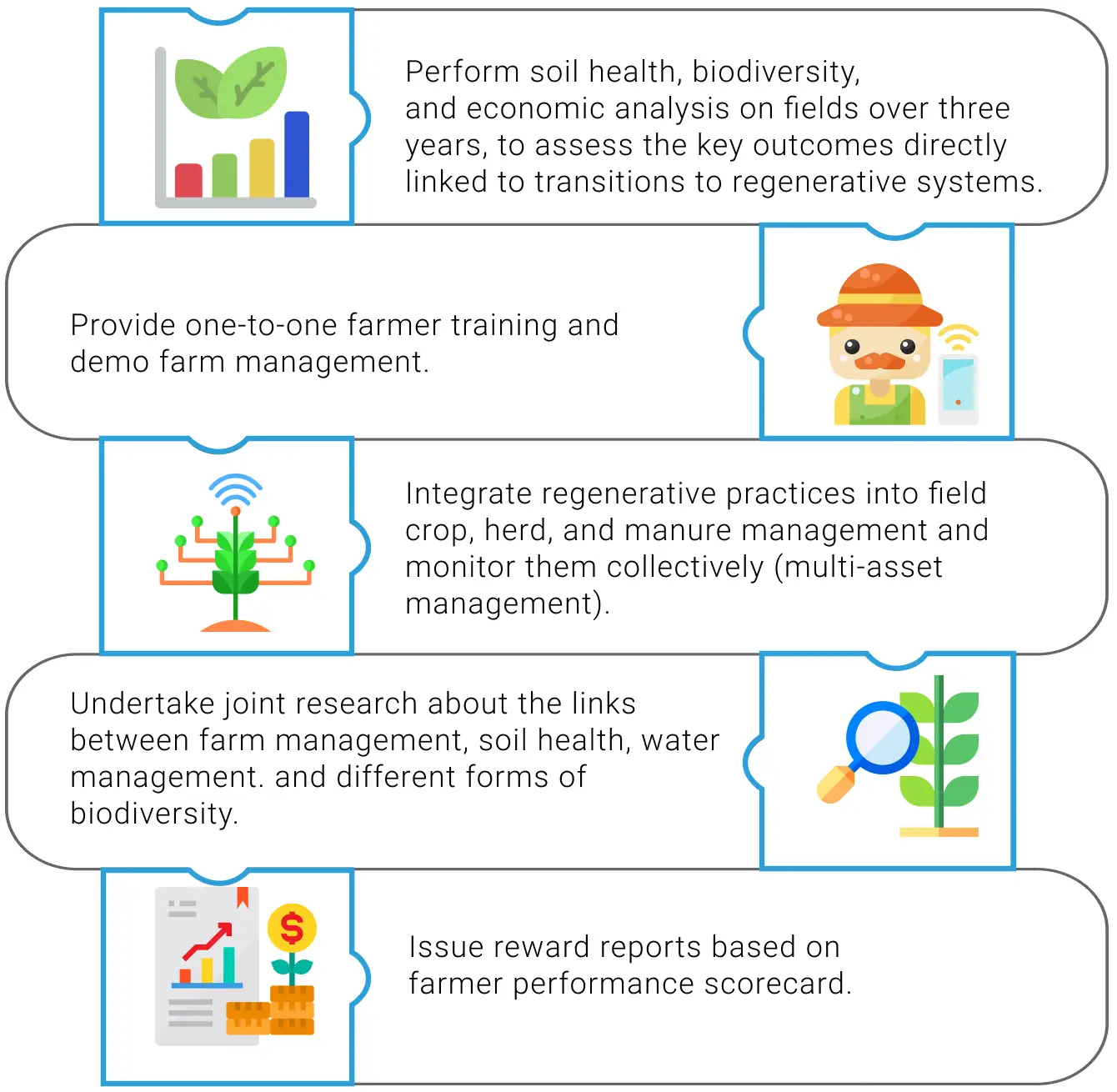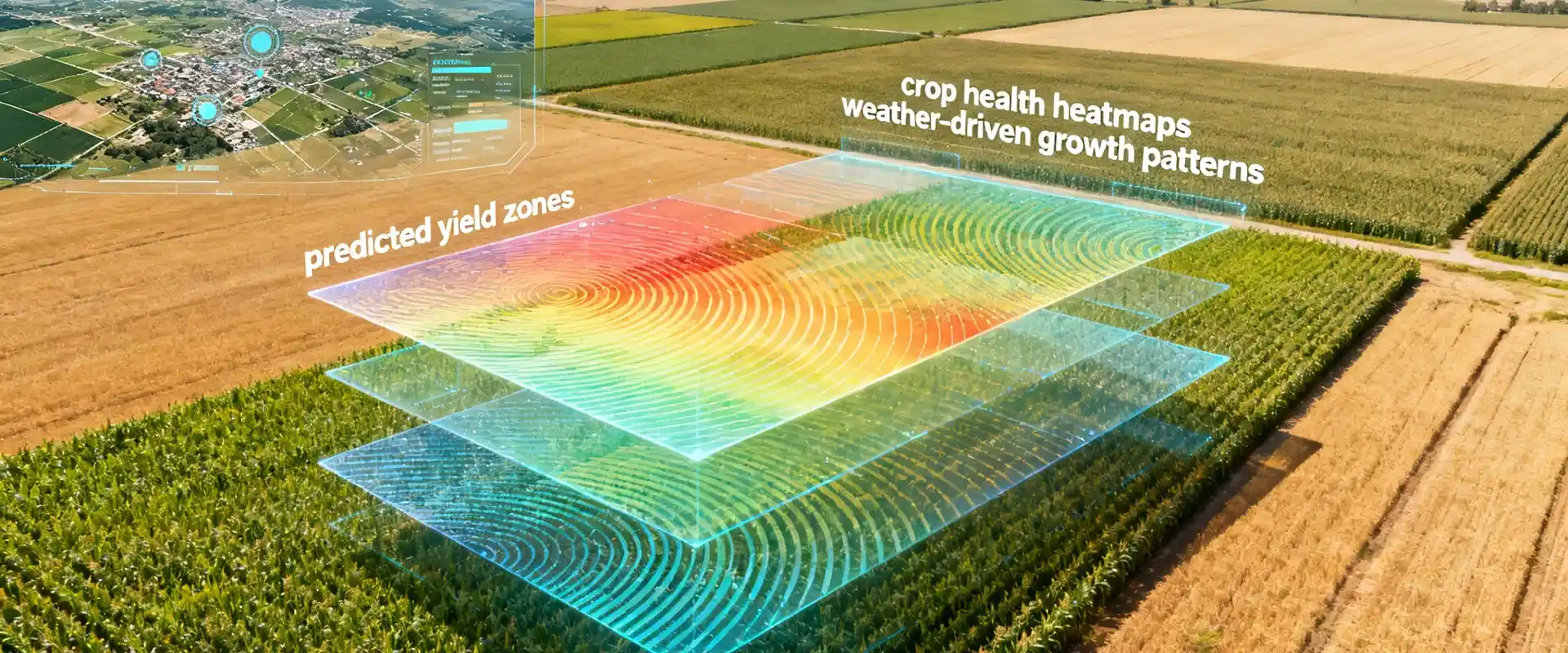A practical solution to prevent the ensuing crisis is regenerative agriculture. Add to that digitization of such organic practices, and there you have a perfectly adequate and eco-friendly farming means. Farm owners still skeptical of utilizing this innovative and sustainable solution can learn about the farming process and its several benefits first. Here is a detailed guide.
What is regenerative agriculture?
The 5 main principles of regenerative agriculture
Reducing soil disturbance
Industrial agricultural practices accelerate soil erosion. Therefore, the foremost requirement for soil regeneration is minimizing tillage and reducing soil disturbance. By reducing soil disturbance, regenerative agriculture aims to promote the growth of beneficial microorganisms and increase the soil’s ability to retain water and nutrients. This can lead to increased crop yields and improved overall soil health. Additionally, regenerative agriculture helps to sequester carbon in the soil and reduce greenhouse gas emissions, making it an important strategy for addressing climate change.
Covering the soil
Ensuring live roots in the soil all-year-round
- Increasing the amount of organic matter in the soil
- Enhancing the soil’s ability to retain water and nutrients
- Promoting the growth of beneficial microorganisms
- Reducing erosion and promoting soil aggregation
- Improving soil structure, which leads to better drainage and increased water-holding capacity.
Practicing crop diversity
Crop diversity provides several benefits, including
- Reducing pest and disease buildup
- Enhancing soil health by adding different types of organic matter
- Improving soil structure by providing different root systems
- Improving nutrient cycling by providing different nutrient requirements
- Improving water infiltration and reducing erosion
Integrate livestock
Other benefits of integrating livestock into regenerative agriculture systems include
- Improved soil health by adding organic matter and increased diversity of microorganisms through animal manure
- Enhanced nutrient cycling through the use of animal manure as a natural fertilizer
- Reduction in soil erosion by using grazing animals to trample and distribute plant material
- Improved water infiltration through reduced compaction and increased soil aggregation
- Providing a source of income and protein for the farmers and the local communities.

Regenerative agriculture practices
Regenerative agriculture practices involve the following primary land use and farming practices:
No-till farming
Organic cropping
Integrating animal grazing

Perennial cropping
Agroforestry/silvopasture
7 benefits of regenerative agriculture
Improved soil health
Increased biodiversity
Biosequestration
Reduced soil erosion
Increased water retention
Greater resilience to extreme weather
Climate smart agriculture
Promote regenerative agriculture with Cropin









